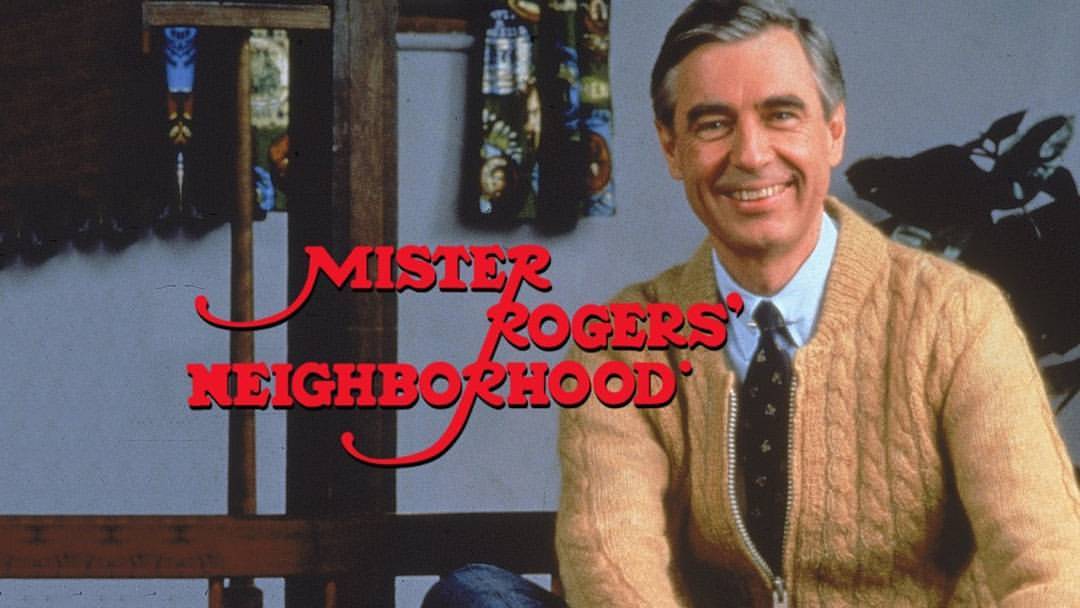The force of Artaud, you couldn’t kill him! — Patti Smith
Found sound enthusiasts Soundwalk Collective join forces with the Godmother of Punk Patti Smith for “Ivry,” the musical tribute to poet and theatermaker Antonin Artaud, above.
The track, featuring Smith’s hypnotic improvised narration, alternately spoken and sung over Tarahumara guitars, Chapareke snare drums, and Chihuahua bells from Mexico’s Sierra Tarahumara, the region that provided the setting for Artaud’s autobiographical The Peyote Dance, has the soothing quality of lullabies from such popular children’s music Folk Revivalists as Elizabeth Mitchell and Dan Zanes.
We’d refrain from showing the kiddies this video, though, especially at bedtime.
It begins innocently enough with mirror images of the beautiful Artaud—as the Dean of Rouen in 1928’s silent classic The Passion of Joan of Arc, and later in the private psychiatric clinic in Ivry-sur-Seine where he ended his days.
Things get much rougher in the final moments, as befits the founder of the Theater of Cruelty, an avant-garde performance movement that employed scenes of horrifying violence to shock the audience out of their presumed complacency.
Nothing quite so hairy as Artaud’s virtually unproduceable short play, Jet of Blood—or, for that matter, Game of Thrones—but we all remember what happened to Joan of Arc, right? (Not to mention the grisly fate of the many peasants whose names history fails to note…)
In-between is footage of indigenous Rarámuri (or Tarahumara) tribespeople enacting traditional rituals—the mirrors on their headdresses and the filmmakers’ use of reflective symmetry honoring their belief that the afterlife mirrors the mortal world.
“Ivry” is the penultimate track on a brand new Artaud-themed album, also titled The Peyote Dance, which delves into the impulse toward expanded vision that propelled the artist to Mexico in the 1930s.
Prior to bringing Smith into the studio, members of Soundwalk Collective revisited Artaud’s journey through that country (including a cave in which he once lived), amassing stones, sand, leaves, and handmade Rarámuri instruments to “awaken the landscape’s sleeping memories and uncover the space’s sonic grammar.”
This mission is definitely in keeping with Smith’s practice of making pilgrimages and collecting relics.
The Peyote Dance is the first entry in a triptych titled The Perfect Vision. Tune in later this year to travel to Ethiopia’s Abyssinian valley in consideration of another Smith favorite, poet Arthur Rimbaud, and the Indian Himalayas, in honor of spiritual Surrealist René Daumal, whose allegorical novel Mount Analogue: A Novel of Symbolically Authentic Non-Euclidean Adventures in Mountain Climbing ended in mid-sentence, when he died at 36 from the effects of tuberculosis (and, quite possibly, youthful experiments with such psychoactive chemicals as carbon tetrachloride.)
You can order Soundwalk Collective’s album, The Peyote Dance, which also features the work of actor Gael García Bernal, here.
Related Content:
Patti Smith’s 40 Favorite Books
Ayun Halliday is an author, illustrator, theater maker and Chief Primatologist of the East Village Inky zine. Join her in New York City this June for the next installment of her book-based variety show, Necromancers of the Public Domain. Follow her @AyunHalliday.






